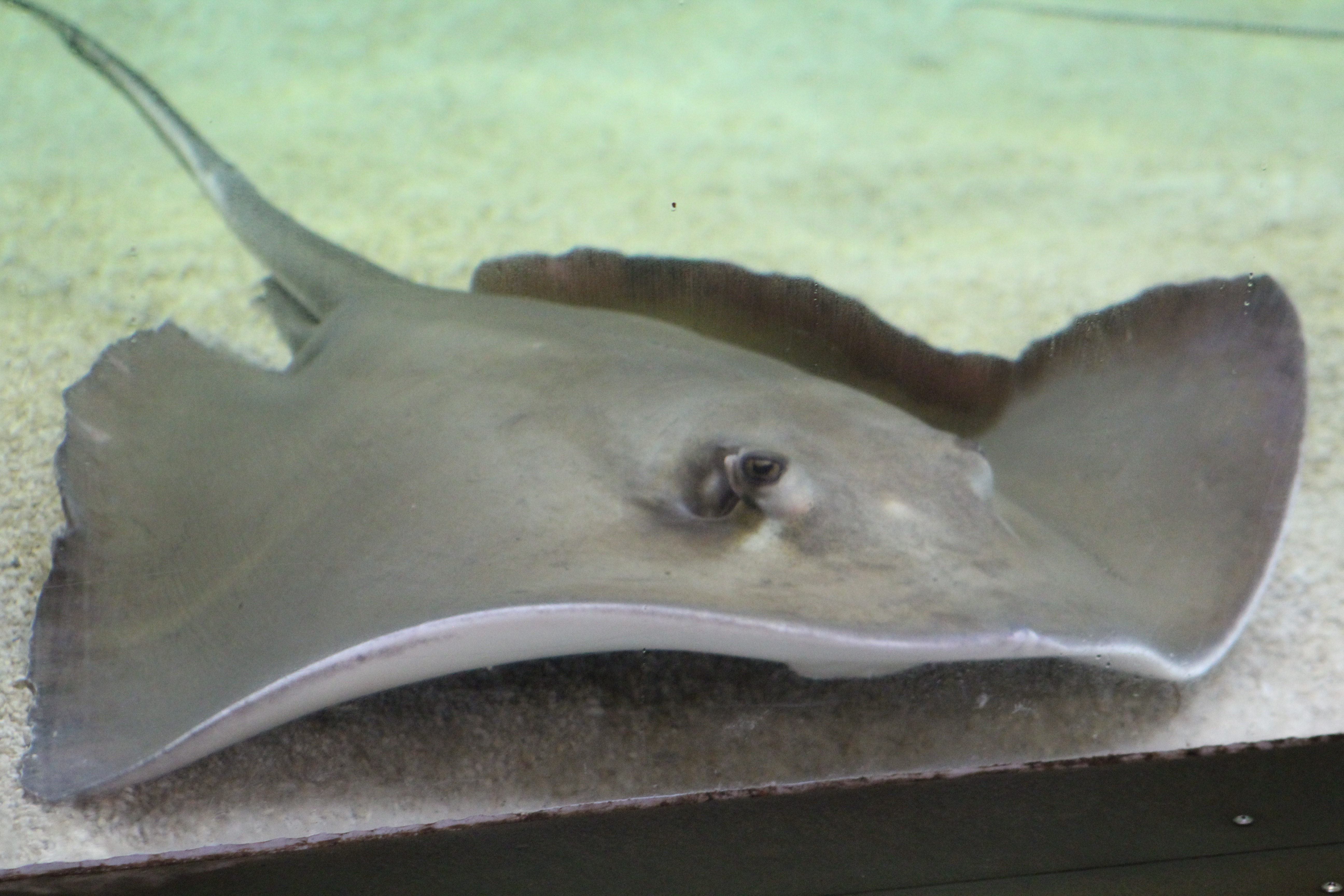I LIVE IN NORTH AND SOUTH AMERICA
The southern stingray is native to the southern Atlantic Ocean, the Caribbean and the Gulf of Mexico. They can be found as far north as New Jersey and as far south as Brazil, but their preference is shallow coastal waters in tropical and subtropical areas.
I AM A CARNIVORE
The southern stingray’s diet consists of crustaceans, mollusks, as well as other marine animals that live on the ocean floor.
SOUTHERN STINGRAYS ARE SOLITARY
Southern stingrays are typically solitary animals. Although they can be found in loose groups, they will most often bury themselves in the sand with only their eyes visible.
WINGS FOR THE WIN
To locate their food, they use electroreceptors on their snouts as well as their excellent senses of smell and touch. Then they uncover prey by blowing water out through their mouth and flapping their “wings” over the sand.
HELPING THE SOUTHERN STINGRAY IN THE WILD
The Fort Wayne Children’s Zoo supports sharks and rays conservation by providing financial support to the Wildlife Conservation Society (WCS) for shark and stingray conservation programs.
I AM IMPORTANT TO MY ECOSYSTEM
Southern stingrays play a very important role the ecosystem as a predator searching for smaller marine life. When they use their pectoral fins to displace sand in the ocean and reveal potential prey, they are also creating smaller habitats for invertebrates when they do this.

